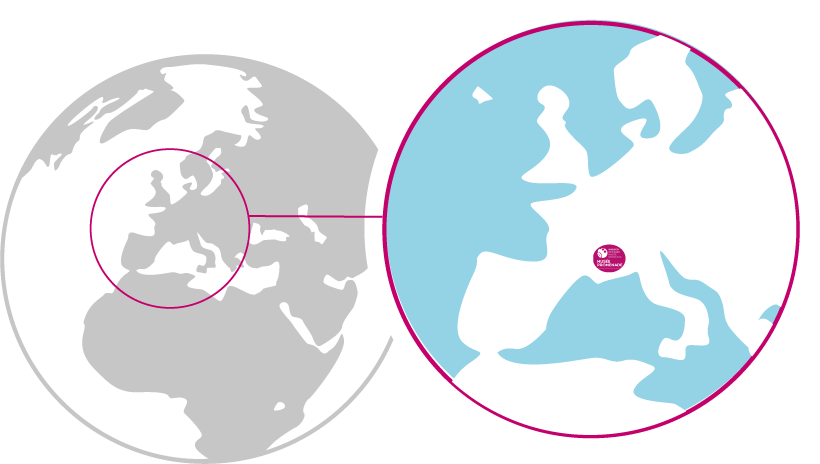The panoramic view that opens up to the eye allows the landscape to be broken down into four major geological-zones:
to the west, the Ventoux-Lure geological-zone stands out with the large east-west geological-fold of the Lure mountain culminating at 1,826 metres, essentially composed of limestone and marl from the Cretaceous period.
Opposite, from the Durance valley in the west to the town of Digne-les-Bains in the east, the Digne-Valensole basin occupies most of the panoramic view. Although it is composed of hilly terrain, this geological-formation is called a basin. Its rocks are partly marl and sandstone from the Tertiary and Quaternary periods, the base of what we stand on today.
To the east, all the summits belong to the Digne geological-nappe, or thrust-sheet, and the l'Andran geological-zone. These terrains, dating from the Secondary period to the Quaternary period, have moved from the north-north-east to the south-south-west and now overlap those of the Digne-Valensole geological-zone.
In the background, some summits that belong to the Valavoire geological-zone appear: Cluchette, Géruen.
Another, more recent phenomenon has also shaped the landscape. The Bléone river born in the Estrop massif,flows through Digne-les-Bains then continues to flow into the Durance river downstream of Malijai. Its north-south tributaries, once turbulent, have deposited large quantities of material in its bed. These alluvial deposits, very close to each other, have naturally reclaimed parts of the river by imposing a curve towards the south. It is on these fertile natural-terraces that we find today the farms and the towns: Digne-le-Bains, Le Chaffaut, Mallemoisson.





